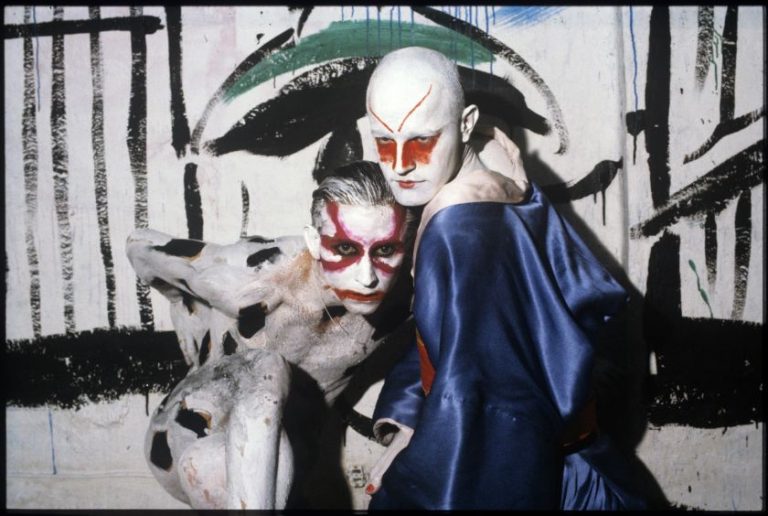The UK icon celebrates five decades of handmade design, with a special model that pays tribute to the brazing artisans behind every frame.
Brompton has built its reputation frame by frame, bicycle by bicycle, for half a century. Now, as the London-based manufacturer marks its 50th anniversary, it’s turning the spotlight onto the people who make that reputation possible: the expert brazers who handcraft every single bike at its factory in Greenford, north-west London.
The Brompton 1975 Edition, limited to just 1,975 units worldwide, isn’t simply another anniversary release with commemorative decals and special packaging. It’s a considered tribute to a manufacturing process that has remained fundamentally unchanged since Andrew Ritchie built his prototype in a South Kensington flat in 1975, and to the skilled craftspeople who keep that process alive today.
Craft-based approach
At the heart of every Brompton lies brazing: a joining technique that uses a brass alloy to fuse steel tubes. It’s a more demanding, time-intensive method than conventional welding, but one that creates exceptionally strong and durable joints. While competitors have long since moved to automated production lines and alternative materials, Brompton has remained committed to this craft-based approach.
The 1975 Edition makes that commitment visible. Its most striking feature is the Thermal Fade lacquer finish, inspired by the colours that appear on steel during brazing. As the metal heats, it shifts through blues, purples, and golds; a fleeting effect that is normally lost once the frame cools. Here, that moment is captured as the bike’s signature look.
Each bicycle comes with a collectable Brompton Brazer’s Coin, a small brass token embossed with the initials of one of the factory’s 52 brazers. This is a simple gesture, but one that reinforces something increasingly rare in mass manufacturing: individual accountability and pride in workmanship. Every frame bears the mark of its maker.
The anniversary model builds on Brompton’s C Line platform and includes several thoughtful additions:
a specially designed bottle holder that attaches to the handlebars and allows the bike to be folded with a bottle still in place
a compact 1.5-litre zip case with detachable shoulder strap
a premium saddle with a carbon base and integrated carry handle that’s 23 per cent lighter than the standard version.
Each bike features a laser-etched serial plate with its unique number and 50th anniversary branding.
“The Brompton journey began in a small West London workshop in 1975, and today, our bikes are
loved in cities around the world,” said Will Butler-Adams OBE, chief executive of Brompton. “This anniversary edition is a thank-you to our team; the makers and dreamers who helped fold Brompton into something truly iconic.”
The launch follows the recent unveiling of a new brand identity by Studio Blackburn, built around the positioning Life Unfolded. That work seeks to evolve Brompton for a rapidly expanding global audience while preserving the quirk and craft that made the brand iconic in the first place. The 1975 Edition sits naturally within this framework, grounding the company’s contemporary ambitions in its manufacturing heritage.
An unusual story
It’s worth remembering just how unusual Brompton’s story is. While British manufacturing has contracted sharply over the past 50 years, Brompton has not only survived but thrived, becoming one of the few major manufacturing operations still based in London.
The company now produces around 100,000 bikes annually, with over 80 per cent exported to 47 countries worldwide. China is now its largest market, while an estimated 80,000 Bromptons are in regular use in London alone.
The folding mechanism that Andrew Ritchie devised remains essentially unchanged, a testament to the elegance of the original design. Quick, secure, and compact, it transformed the bicycle from a vehicle that required dedicated storage space into something that could fit under a desk, in a train compartment, or beside a café table.
That single innovation opened up cycling to a completely different audience: commuters, city dwellers, and anyone for whom a conventional bike was simply impractical.
Cultural significance
For creatives today, Brompton has become something of a cultural signifier, particularly in design-conscious cities. It represents a particular approach to problem-solving: intelligent, considered, and quietly confident. The bike doesn’t shout about its cleverness; it simply works, day after day, fold after fold.
The 1975 Edition reinforces that sensibility. Rather than relying on loud graphics or trend-driven styling, it celebrates the beauty of craftsmanship. It’s an approach that feels increasingly relevant as consumers become more interested in how things are made, who makes them, and whether those things are built to last.
Overall, this special design serves as a reminder that some ideas don’t need to be reinvented; they just need to be refined, respected, and kept alive by people who care enough to get the details right. Watch this space for a Creative Boom tour of Brompton, coming soon to our YouTube channel.










